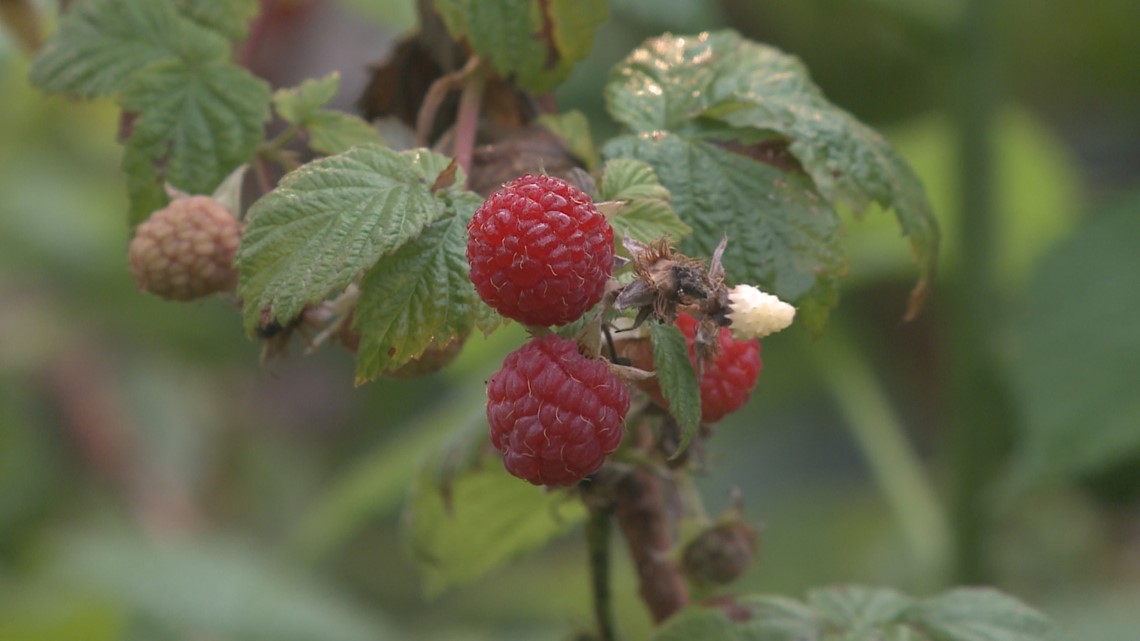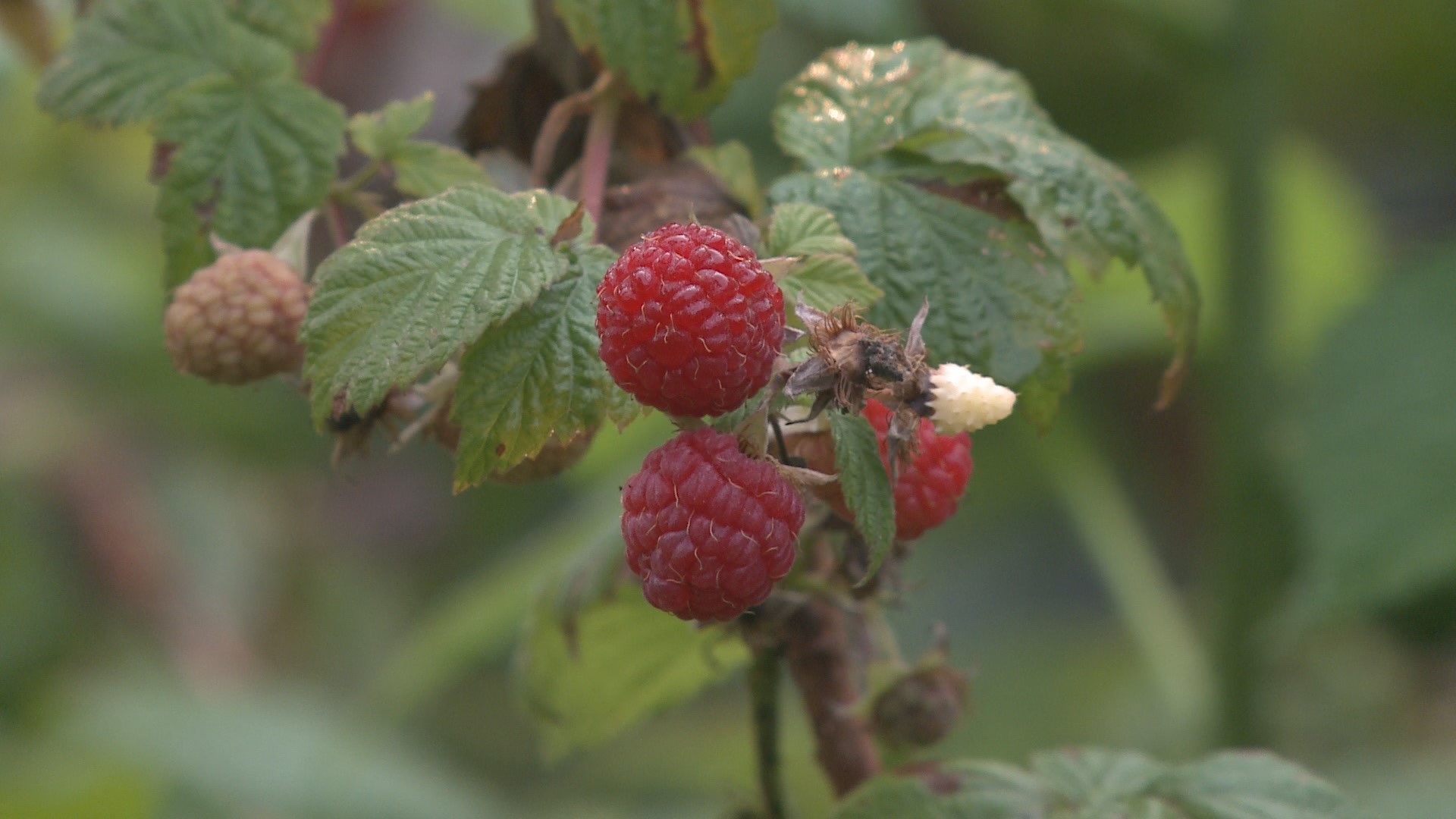CAPE ELIZABETH, Maine — It's July, and that means it's berry-picking time!
One of the favorite berries to pick is raspberries with their sweet-tart flavor. Perfect for jams and jellies and eating right off the bush, but to get an abundant crop you had to have done your work in the spring.
"Most of the work was back in April," master gardener Tom Witwicki revealed.
It was in the chilly spring that Gardening with Gutner visited Witwicki's garden to learn what sort of preparation was needed to get the raspberry bushes ready for the growing season.
"Well, you have to understand with summer bearing raspberries, it bears fruit on last year's canes. They're called floricanes. So the job is to remove the previous year's canes, which already fruited. Thin the new floricanes and finally trellis them," Witwicki said.



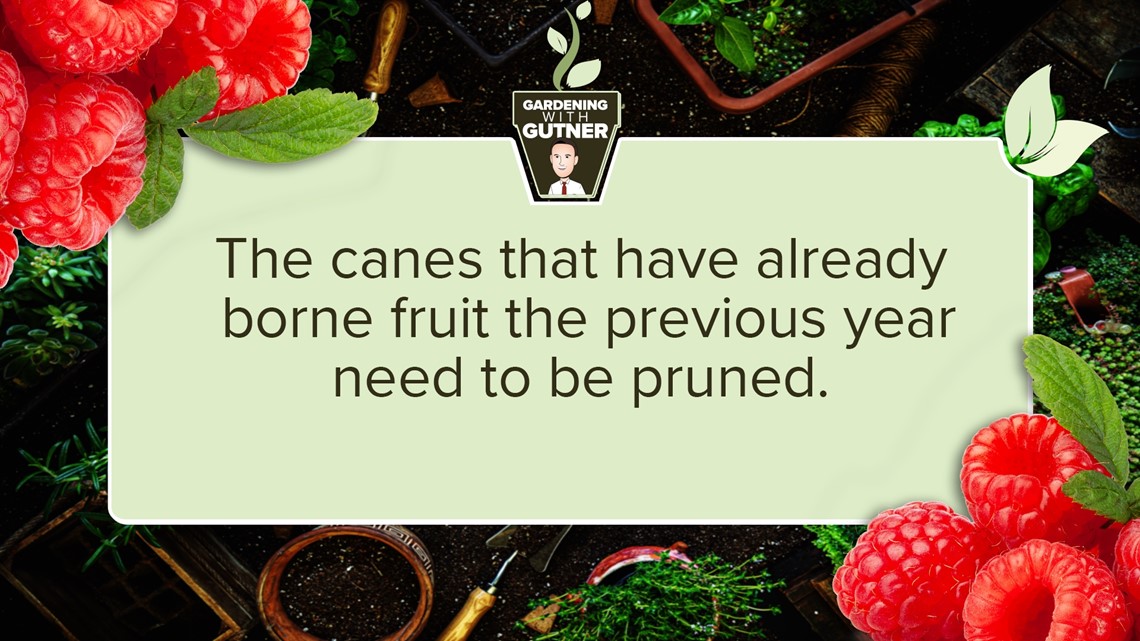
The master gardener went on to show how to prune. He found canes that were old and proceeded to cut those to the ground. He explained that he could tell they were old because the bark was peeling, and there was no green at the base when he cut them there. Once all the old canes are cut, only floricanes that will bear fruit are left.

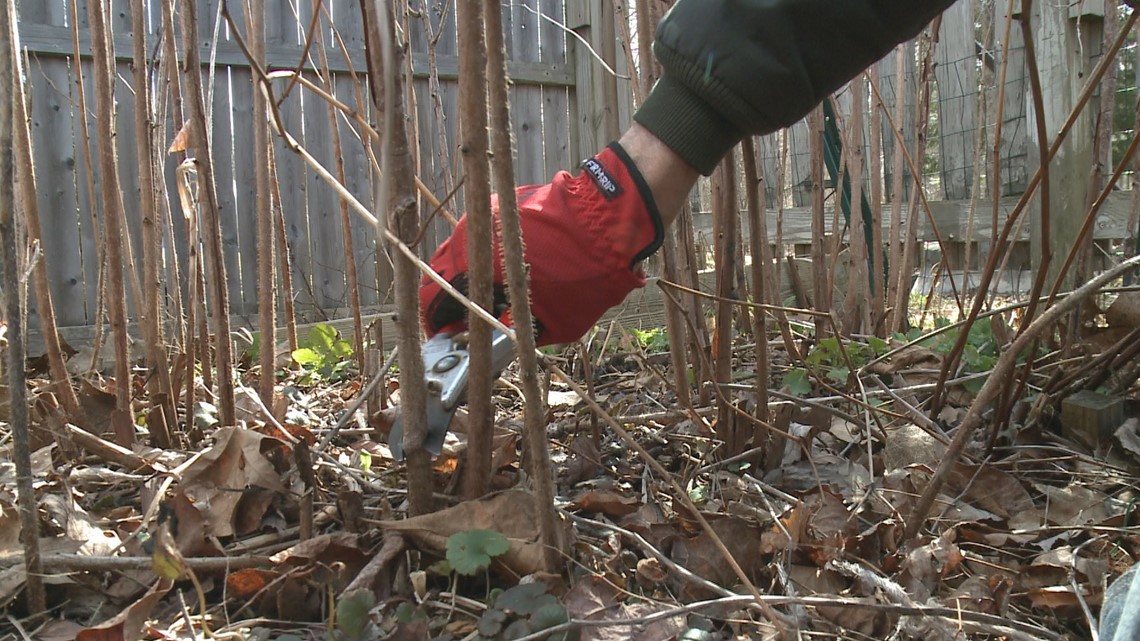
Next, Witwicki trellised the floricanes to a wire he had crossing the raspberry patch.
"When the raspberries fruit, the cane becomes pretty heavy and will lie on the ground unless you tie it up," the master gardener instructed. "What it also does is leave room in the middle of the bed for the new canes, called primocanes, to be growing this year. Which gives it more air and sunlight."

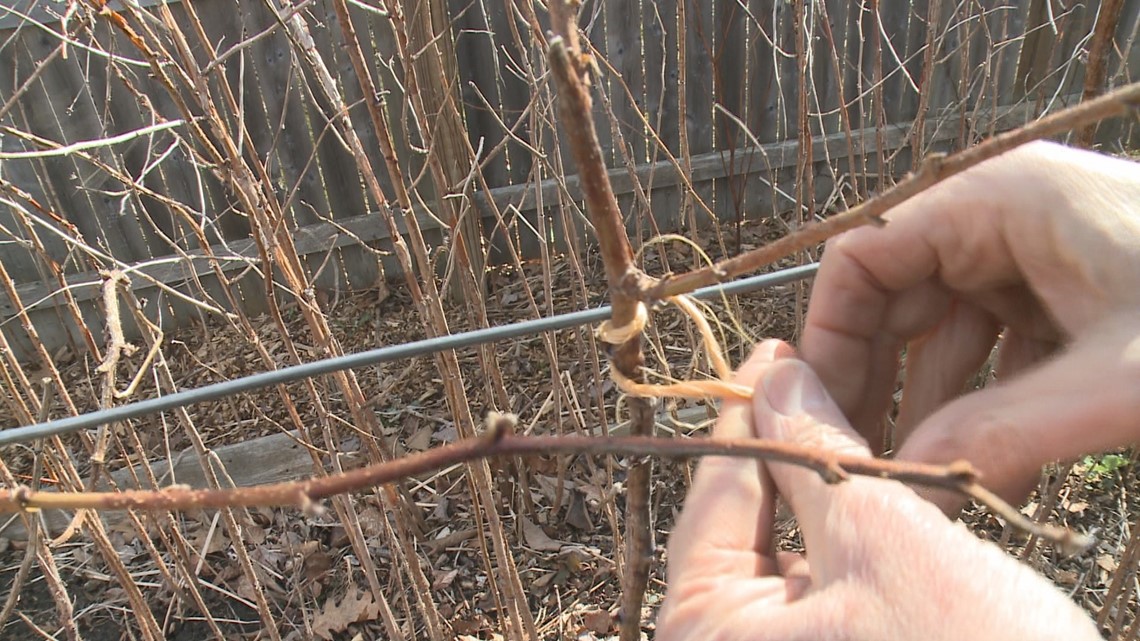

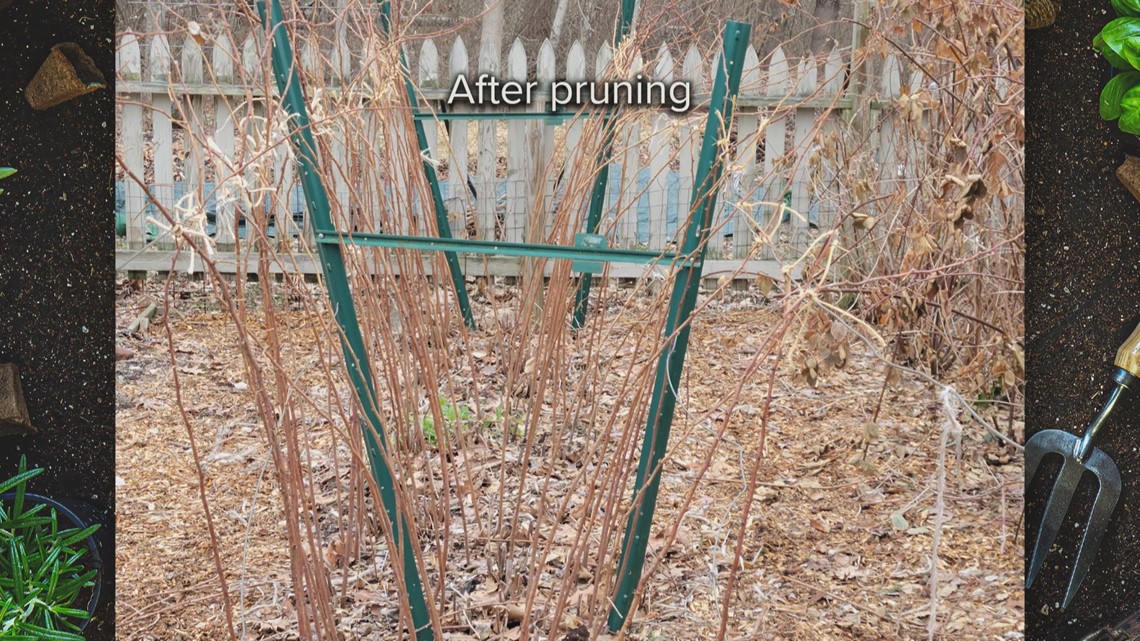
Witwicki explained that all he does after pruning and trellising is mulch the bed to keep down weeds and feed the soil.
Gardening with Gutner returned to Witwicki's raspberry patch in July to see the results from the work in April.
"Well, it's not the best year. They like it a little drier to ripen especially," Witwicki commented after being asked about the rainy weather. "But it's especially important that the vines had been tied up because otherwise, they'd be on the ground hard to pick. The fruit would rot."
Witwicki showed an example of a primocane, which is new growth. This primocane is next year's fruit. All the canes that are blooming now will be trimmed off early next spring.
Finally, knowing when the fruit is ready is important.
"The berries turn a darker red," Witwicki explained. "Also, the fruit comes off with a gentle tug. If you have to pull on it, it's not ready."
Happy picking!

